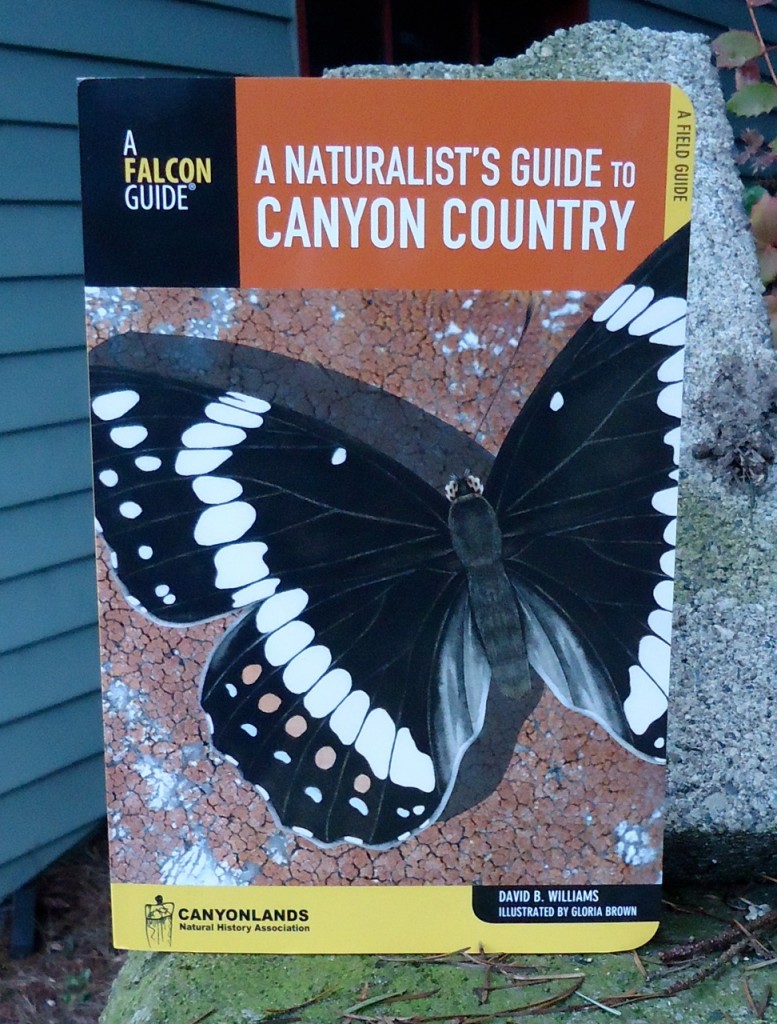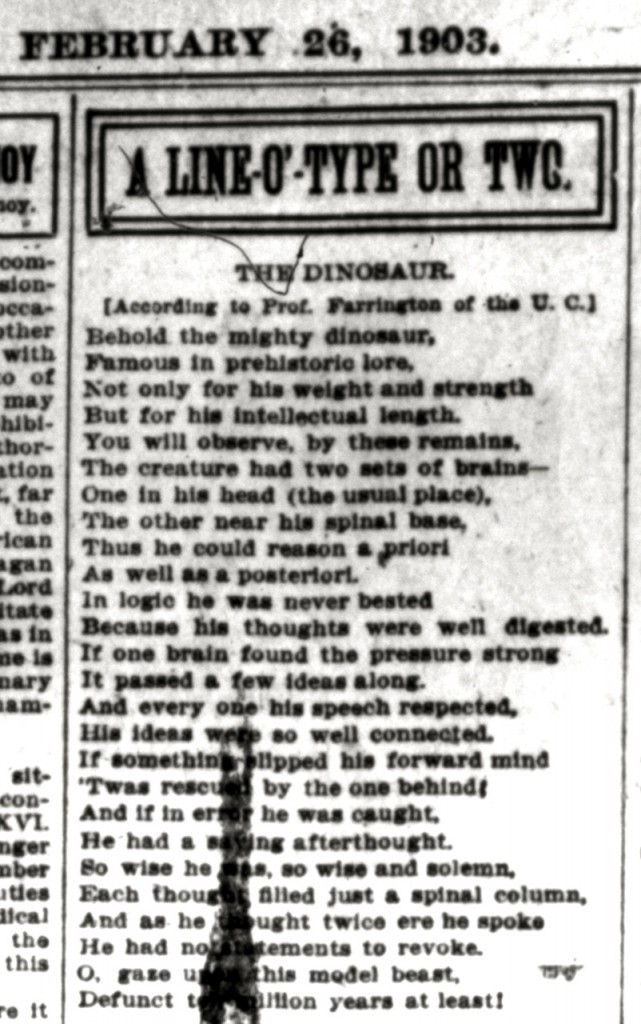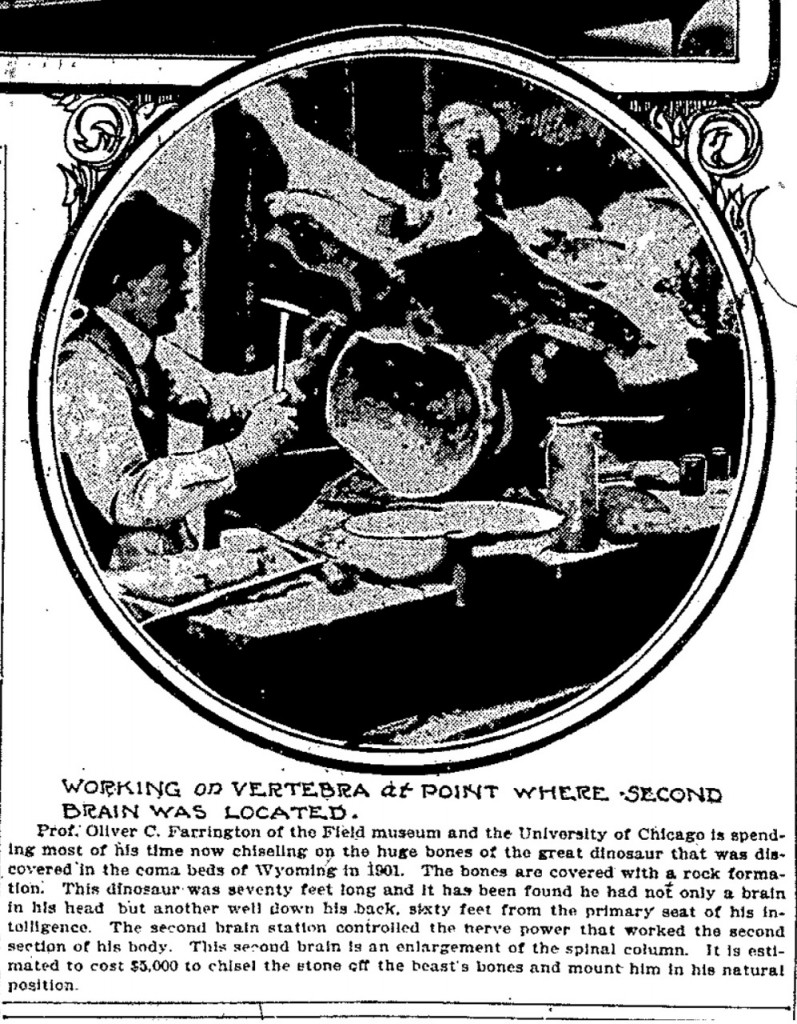A quick announcement that after more than 12 years since its original publication, my first book will soon be available in a new edition. A Naturalist’s Guide to Canyon Country first hit bookshelves in spring 2000. The new updated version will be out next month. I just received the new edition in the mail and I have to say it is quite handsome and an improvement over the previous one.
 The book covers the plants, animals, and geology of southern Utah with an emphasis on the area around Moab. I started writing the book during my time as a ranger at Arches National Park. I did so out laziness, as I had become tired of lugging around a plethora of field guides. Seemed easier to me to carry just one. So naively, I started writing one. Of course it was rejected by several publishers, including the present publisher, Falcon, now owned by Globe Pequot. (After talking with a friend who had published with Falcon, I tweaked my proposal, sent it to a different editor, and they bought it.)
The book covers the plants, animals, and geology of southern Utah with an emphasis on the area around Moab. I started writing the book during my time as a ranger at Arches National Park. I did so out laziness, as I had become tired of lugging around a plethora of field guides. Seemed easier to me to carry just one. So naively, I started writing one. Of course it was rejected by several publishers, including the present publisher, Falcon, now owned by Globe Pequot. (After talking with a friend who had published with Falcon, I tweaked my proposal, sent it to a different editor, and they bought it.)
For this new edition, I had several goals. First was to update all of the scientific names. It was surprising how many had changed over the past dozen years. I also updated all of the geologic information. There were a few name changes but the main changes had to do with dating as several time periods were way out of date. I also added more than 30 species, primarily bugs, but also California condors, lichens, and mosses. Another addition was what we came to call Close-Ups. These focus on topics of particular interest to me, such as Upheaval Dome, chert, rock varnish, the enigmatic Colorado Plateau, scat, hidden gardens, and the night shift. They are some of my favorite parts of the book. Hope you enjoy it.

